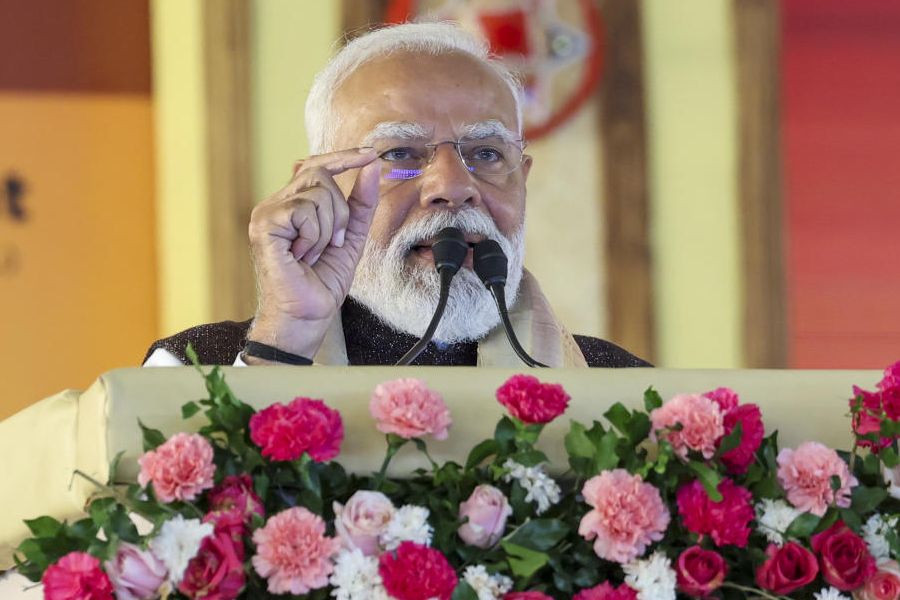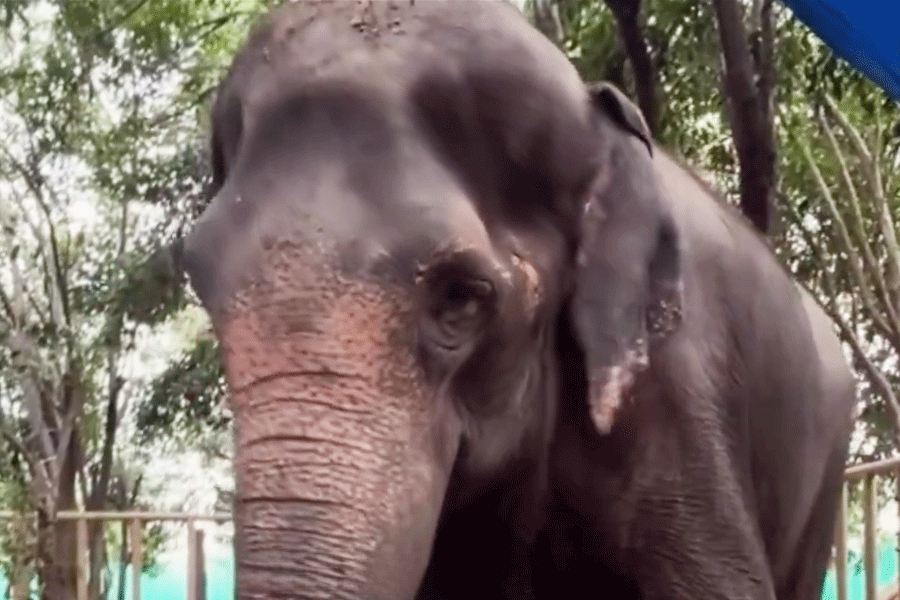
Whether it is a battle on a cricket pitch, or one in personal strife, legends are those who come out shining. They stand tall in the face of adversity. They create journeys for others to emulate. They never cower but come back, with a renewed vigour both on and off the field.
In India, our cricketing heroes are legends that those across generations look up to. From Sunil Gavaskar’s inspiring records right down to Virat Kohli’s gleaming list of bests-and-fastests.
But there are also unsung heroes, whose stories share the trajectory of these cricketers and make them legends in their own right.
Tata Medical Center salutes and celebrates both these legends.
RISING WITH RESILIENCE
Few cricketers have set records and carved a spot at the top for India in world cricket, like SUNIL GAVASKAR, or the Little Master as he is fittingly known, did.
During a time when cricketers played without the protective paraphernalia our men in blue come armed with today, facing West Indies fast bowling as an opening batsman was no easy feat. But Gavaskar’s grit, talent and dedication served both as armour and ammunition — he scored 13 centuries in 27 Test matches against West Indies. In fact, there is only one other player in history who has scored more tons against a single opponent — Sir Don Bradman against England.
Another great example of his resilience was when Gundappa Viswanath and he spearheaded the famous “come from behind” victory over West Indies, when India was lauded for a world record in comeback victories.
One of his most notable centuries was his 29th Test hundred, when after a poor first Test against West Indies in Kanpur, Gavaskar returned for retribution, as he smashed the West Indian battery of pace bowlers — Michael Holding and Malcolm Marshall included — to make that ton in Delhi off just 94 balls. From becoming the first Indian batsman to carry his bat in a Test innings as he hit a glorious 127 against Pakistan in 1983 to making history as the first player to score more than 10,000 runs in Test cricket, Gavaskar has shown that a legend is someone who creates his own destiny — a destiny which serves as dream and drive for generations to come. And he did it with a resilience and commitment that is both aspirational and game-changing.
Batting equally as hard and impressively off the field, against a far more notorious opponent — cancer — is the formidable SHREELEKHA MUKHERJEE. She came to Tata Medical Center under intermediate risk. She had febrile neutropenia shock and was admitted to the ICU. And it didn’t end there, after her discharge from the ICU, she had to be readmitted with chicken pox. Three months later in treatment, she was readmitted with septic shock. But Shreelekha broke records and propelled her way to recovery. She has lobbed her ailments for a six, and completed her maintenance protocol in January 2017. She is an extremely good student and is in Class XI presently, and sharing the resilience of the Little Master, despite all her complications.
FIGHTING BACK
RAVI SHASTRI began his career as a left-arm spinner in 1981 and he wasted no time securing his spot as an asset for the side, taking five wickets on debut. But Shastri wasn’t one to be slotted or confined, and he diversified his course when his talent as a formidable batsman was brought to the fore. So remarkable was his determination with the bat that he climbed the order over 18 months from coming in at number 10 to finally opening the batting by 1982.
Shastri was part of several partnerships which won losing matches, thrusting the side from a tough spot to a terrific score. In the first Test against Pakistan in the 1984 series, he partnered with Mohinder Amarnath to save the day. If that wasn’t enough, Shastri raised a worthy 200-run partnership with Sandeep Patil in the next one and scored 142 in a Test series against England.
The man who had come into the team to spin the ball was now smashing it all over stadiums both domestically and overseas. He is best remembered for becoming Man of the Series in the 1985 World Championship in Australia.
With 11 centuries in his Test career, Shastri is still very much a presence in the world of cricket. An engaging commentator and effective team director, the legend today serves as head coach to the Indian cricket team. A man of surprises, a man of skill, a man who achieved more than he set out to, Shastri’s indomitable spirit goads the team towards excellence.
The story of the ever-persistent and brave SOUMODIP DUTTA is reminiscent of Shastri’s career trajectory. Soumodip completed his maintenance chemotherapy in May 2017. But his journey was neither easy nor predictable. While under treatment, he had to be treated for pancreatitis. The awe-inspiring Soumodip, who enjoys going to school, has truly risen from the bottom order right to the top — he is presently doing well after treatment.
CAPTAIN OF COMEBACKS
The Prince of Calcutta and the Royal Bengal Tiger are titles associated with SOURAV GANGULY, befitting a cricketing journey that has been equal parts combative and commendable. If there is one majestic title Dada deserves, however, it is Raja of Retribution, as no matter the reproach and condemnation, Ganguly would always fight back to reclaim his position as a force to reckon with. In 1992, for instance, Ganguly made just three runs on debut, an ODI against West Indies, leading to his immediate dismissal from the team. Four years later, however, when he was recalled to the team, he notched two record-breaking centuries in a Test series against England.
Ganguly would soon become a remarkable captain for the Indian cricket team, until he was dropped both from the squad and as captain in 2005 by Greg Chappell. But history would repeat itself, with Ganguly propelling his way back to the top, with an admirable 51 against South Africa in the first Test in 2006 — leading the charts at 214 runs in three matches. And in 2008, he retired from international cricket, his failings smashed out of the stadium, his laurels leading him to lend his experience on the administrative side. Today, the prince who once fought hard for prestige, is the president of Cricket Association of Bengal.
And sitting similarly if not more valiantly proud on her own throne is queen of recoveries ABANTIKA PANDA, whose treatment began in 2012. She underwent her entire protocol and in less than eight months. But it was a battle of bounce-backs, and she was soon diagnosed with Relapsed Acute Promyelocytic Leukemia, for which she underwent treatment in 2015. Abantika was not one to be defeated and she reclaimed her health, her life and her happiness. Bright and vibrant, she is now on follow-up every six months and has resumed school.
GUTS and GLORY
VIRAT KOHLI has scored six ODI centuries in 2017. He scored four double centuries in four consecutive series, surpassing Sir Donald Bradman and Rahul Dravid who held the record at three. Virat Kohli, one of the finest cricketers in the world, is just 29, our young, ruthlessly skilled captain, in radically fine form. Whether he’s in white flannels or playing shorter form cricket, Kohli’s exceptional cricket transforms a forlorn crowd to a rapturous audience. One of the best chasers the game has seen, 16 of his 18 centuries while chasing, have led the team to victory.
Fans would remember the nail-biter in 2012 — India facing elimination against Sri Lanka and in a tough spot, having to chase down a daunting 320 in 40 overs. This seemingly impossible task seemed to be rendered completely unattainable when Sachin Tendulkar returned to the pavilion, leaving India at 86 for 2 with 30 overs to spare. A despondent multitude of spectators lost hope, their hearts sinking with the weight of their expectations. But Kohli’s crusade with the bat remained unfazed in the face of Malinga’s crushing yorkers, as he cruised towards an outstanding 133 for himself and a successful chase for India in just 36.4 overs. Inspiring hope, taking bad situations and turning them on their head, rising like a phoenix and always holding the hopes of a billion hearts, Kohli bats life into lost games and revives abandoned dreams.
And a young captain of our very own crusade against cancer is NILADRI CHATTERJEE, whose battle against all odds inspires hope and gives others the strength to keep going. The son of a van puller, Niladri would ordinarily not have the opportunities the privileged enjoy. However, his father was motivated to educate him and provide him with the best treatment. Equally motivated is the silently fierce Niladri, who began his treatment in 2014 and completed his maintenance chemotherapy in December 2016. A mere nine months after his treatment, the committed father-son duo had the latter resume school. Back in form, leading the way, shining the light of hope and holding the bat of battling cancer high over his head.
Geeta Gopalakrishnan is the honorary director, donor relationships, Tata Medical Center











